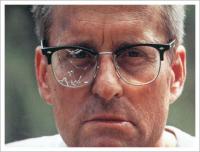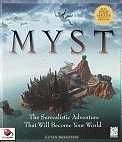
1st mead is in the fermenter
#1

Posted 29 August 2009 - 11:55 AM
#2

Posted 29 August 2009 - 12:08 PM
#3

Posted 29 August 2009 - 02:32 PM
#4

Posted 29 August 2009 - 02:50 PM
#5

Posted 29 August 2009 - 03:29 PM
#6

Posted 29 August 2009 - 03:54 PM
#7

Posted 30 August 2009 - 05:34 AM
#8

Posted 30 August 2009 - 06:30 AM
#9

Posted 30 August 2009 - 07:22 AM
Not quite... The biotin correlation is based on "an average beer wort". That would mean a wort that was comprised of enough DME that is mixed with water to produce a typical wort volume somewhere near 5-6 gallons - usually that would require about 7 lbs of DME to achieve a OG near 1.045.In essence I gave you a credit by assuming that your DME /water mix would produce that "average wort" where actually 1¼ lb DME & 1.5 gal of water creates a SG near 1.029 meaning your DME addition added somewhat less biotin than I noted......I added 1lb 4oz (20oz) not just 4oz. So that helps some. That gets me up to, what, 130 micrograms of biotin added? That gets me to .62 micrograms/100ml, right?
It's not too late to add nutrients and DAP. What is the present SG? You said the OG was 1.102 @80°F - was that SG a temperature compensated SG?When I get into work tomorrow I am gonna ask a few brewers/winemakers if they have any yeast nutrients I can use. Is this a situation of better late than never?
#10

Posted 30 August 2009 - 07:41 AM
Refractometer measurement.I'll have to sanitize a hydrometer and check current gravity. It is bubbling away right now.You said the OG was 1.102 @80°F - was that SG a temperature compensated SG?
#11

Posted 30 August 2009 - 07:55 AM
Ok, good to know. Do you know that you may also determine the present SG using your refractometer? My spreadsheet (in the FAQ) includes a method for doing so during fermentation. As such, I rarely use my hydrometer.Refractometer measurement. I'll have to sanitize a hydrometer and check current gravity. It is bubbling away right now.
#12
 *_Guest_frankerector_*
*_Guest_frankerector_*
Posted 15 September 2009 - 05:56 PM
0 user(s) are reading this topic
0 members, 0 guests, 0 anonymous users









